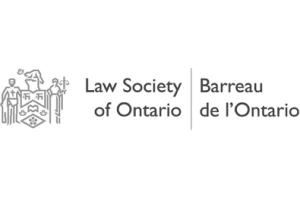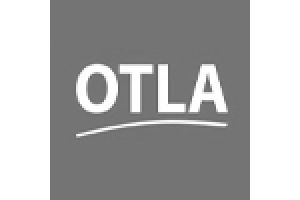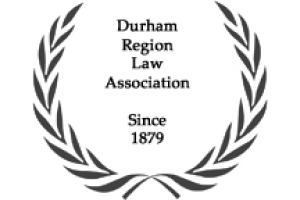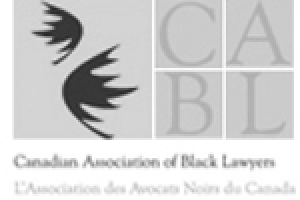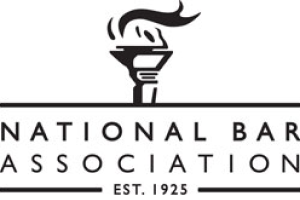Cassiar Mine & Clinton Creek Mine
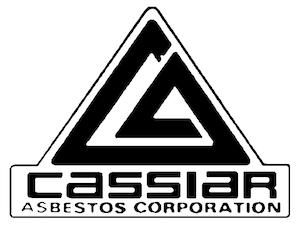
The Conwest Exploration Company established a subsidiary corporation in 1951 when a large deposit of asbestos was discovered in the Cassiar mountains, in northern British Columbia. Conwest quickly moved to purchase the mineral rights. The corporation Conwest established was called the Cassiar Asbestos Corporation (CAC) and it owned and operated the mine; and the town.
Cassiar Asbestos Company opened the mine and mill on April 3, 1952 with the miners and construction workers living in tents. They next built a town near the mine to house mine workers and their families known simply as Cassiar, British Columbia. If you have ever heard the phrase “company town” this would be a prime example. The Company provided municipal services such as water, sewer and electricity. Services for families included schools, churches and medical facilities. The Town remained unincorporated throughout its history and Cassiar was a one-industry, thriving town of 1200 plus for 40 years.
Raw asbestos was bagged and shipped by truck 350 miles to Whitehorse and then went by rail to customers, primarily American manufacturing firms. These companies were located largely near the West Coast including industry giants such as Johns–Manville, Fibreboard and CertainTeed who all had plants in California. Cassiar eventually had its own wharf facilities in North Vancouver where asbestos was loaded for export.
Early in the history of the mine (1953) British giant Turner & Newall acquired a small shareholding in Cassiar Asbestos Company Ltd.
Cassiar itself did not manufacture any products made with asbestos. Cassiar raw asbestos was sold at a rate of 110 tons per year.
A short film about Cassiar and the mine as told in 1960 reveals how times have changed with the knowledge of the dangers of asbestos.
In the late 1950s, Cassiar began active efforts to locate and acquire another asbestos deposit. In 1957 such a deposit was discovered in the Yukon Territory, and the land was purchased by Cassiar. By 1967 Cassiar had begun construction of a second mine, mill, and town in what became known as Clinton Creek.
Cassiar extracted 1 million tons of asbestos fiber from three open pits during the life of the Clinton Creek mine which operated until 1978 at which point the mine was abandoned. The tailing piles left behind by the mining operation have never been remediated.
Turner & Newall, as a result of their stake in Cassiar Corporation, also owned a share of Clinton Creek mine.
The U.S. restricted the importing of asbestos in late 1982 when the risks of exposure became publicly known, greatly reducing Cassiar’s customer base. However, Cassiar Asbestos Mine continued to produce asbestos which they sold to Asia and Europe. They continued to use a wharf in the North Vancouver shipyard where bagged asbestos was loaded for export. Their largest single purchaser of raw asbestos was Hyundai Heavy Industries of South Korea, the world’s largest shipbuilding company, and the parent company of Hyundai Motor Company.
To convert from an open pit mine, in 1988 CAC began construction of an underground mine which became operational in 1990. The cost overruns combined with unprofitability of this underground operation contributed to the corporation’s bankruptcy.
On October 15, 1991, Cassiar Asbestos Company Ltd. filed for protection pursuant to the Companies’ Creditors Arrangement Act and a Receiver was appointed to restructure Cassiar’s debts in an attempt to continue operations. In the March of 1993 Cassiar declared bankruptcy and the world fell apart for Cassiar residents losing their jobs, their homes and their town within a short span of time. The entire town including mine, mills, equipment and houses was auctioned off in September of 1993 and the town abandoned.
The company no longer exists and any documents that Cassiar held about the Cassiar and Clinton Creek mines are held in the archives at the University of Northern British Columbia at Prince George.
Their parent corporation Conwest Exploration Company Limited was acquired by Alberta Energy Company in 1995, creating Canada’s second-largest oil and gas exploration company. Conwest appears to have skirted liability for damages caused by its mining operations in Cassiar and Clinton Creek by distancing itself from the mine by using the Cassiar Asbestos Company corporation to handle all aspects of asbestos mining.
There is no recourse for the miners of Cassiar but to apply to Worksafe BC should they become ill. If you were a miner at Cassiar please read this article.
Turner & Newall, who owned a small stake in Cassiar does have a fund for mesothelioma compensation. The Fibreboard Company also acknowledged that their products were used at the Cassiar Mine, and there is a fund for persons exposed to their products. .Please contact us now if you have mesothelioma caused by exposure to Cassiar asbestos and do not qualify for Worksafe BC or Yukon Workers’ Health and Safety Board compensation.


